A Beginner's Guide to Bodyboarding
If you’re looking for something fun to do in the water this summer, why not try bodyboarding? Bodyboarding is an exciting adventure sport which involves riding a bodyboard on the crest, face and curl of a wave. It’s a great sport to try out as it’s easy to get the hang of the basics. From then on, you can decide whether to progress onto learning more advanced tricks or just enjoy playing around in the white water. It is important that you’re a fairly confident swimmer though, as you may lose your board in the water and need to swim to safety.
Benefits of bodyboarding
- Improved muscle strength in your arms and legs
- Requires good coordination skills, concentration and balance
- Clears the mind – there’s no better cure for anything than sea air and wave-riding!
- Strengthens the cardiovascular system, so the heart and lungs pump oxygen around the bloodstream to the body’s muscles more effectively
Getting started with bodyboarding
Start by bodyboarding in white water
It sounds obvious, but quite often when we take up a new activity we want to crack on with the most thrill-seeking waves as quickly as we can. But unless your name’s Mick Fanning, take your time and get comfortable in the water before jumping the gun! Start off by bodyboarding where you can stand up. That way not only will you build your confidence, but you’ll also be able to lift your bodyboard above the waves until you learn how to swim out – this’ll save you a lot of energy.
Paddle out to the bodyboard
Alternate between using your arms and legs to preserve energy. To leg paddle, your hips should remain over the tail of the board, with your hands holding the front of it to keep it flat. Make sure that your upper chest isn’t resting on the board and dipping it into the water. You can do this by arching your back slightly. To arm paddle, place yourself on the board so that your nose is just over the top. Minimise drag by keeping your legs out of the water, and arch your back slightly to keep the board flat. Stretch your arms out and paddle as if doing an exaggerated front crawl.
Learning to Duck Dive
The aim of duck diving is to prevent yourself from being dunked underwater by approaching waves. To do this, you need to get both you and your board underneath the turbulence of a breaking wave – this will really help you to get out to the back of the waves with speed and less effort. Grip each end of the front of your board tightly as the white water approaches. About a metre before, push the nose of the board underneath the surface., using your knee to push the board downwards. Once underneath, push forward in a scooping motion. When the wave has passed over you, pull the board up towards the surface. It takes a bit of practice to perfect the technique of duck diving, so don’t worry if you don’t get the hang of it straight away!
Catching waves with your bodyboard
This may take a while to master, and for beginners, it’s best to ride in a straight line to shore. This will get you used to the feel of the wave, board and the speed at which you are going. Once you’ve picked your wave, turn to face the shore and paddle as hard as you can to pick up speed. As the wave begins to propel you, stop paddling and lean towards the front of the board, with the lip of the board slightly raised. You can then use your weight and arms to steer. Congratulations, you are now riding waves!
Tips for beginner bodyboarders
- Go to beaches you are familiar or comfortable with.
- If abroad, stick to areas within close reach of a lifeguard and don’t go out alone.
- Beware of others around you – if you’re too close to other swimmers, surfers or children, you may find yourself in danger.
- Don’t bodyboard near rocks or in dangerous weather conditions.
- If you find yourself in difficulty, try not to panic. Wave an arm overhead and shout for help.
Things to consider when buying a bodyboard
Size
Both height and weight will affect your performance. When held out in front of you, your bodyboard should reach from your knees up to your chin. Heavier riders should opt for increased width for extra flotation and buoyancy.
Tail
The bodyboard tail dictates the direction of the bodyboard and release through manoeuvres.
Narrow tail - allows easier release from moves as it is less buoyant.
Wide tail - offers more stability.
Bat tail – gives more edge and control due to wider surface area and drive.
Rails
You’ll see rails generally described either as 60/40 or 50/50. These ratios describe the angle of the rail and rail chine.
The 60/40 option displaces more water when in trim position, offering more control. The 50/50 rail option provides more speed, but less control.
--
For any other questions about bodyboarding, just message us on Facebook!
Updated on 17th February 2020
Originally published on 5th April 2019 in Bodyboarding










































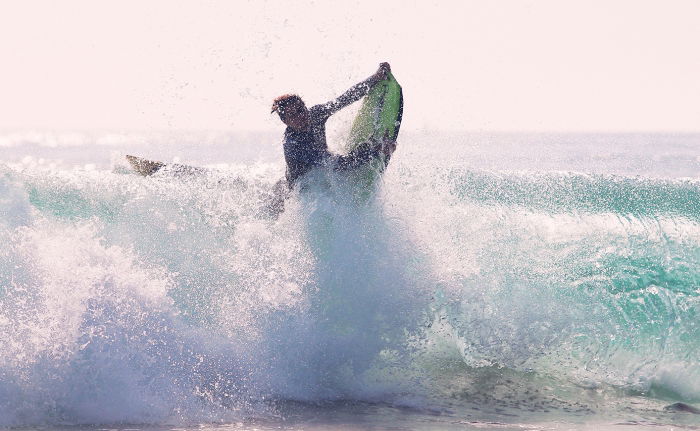



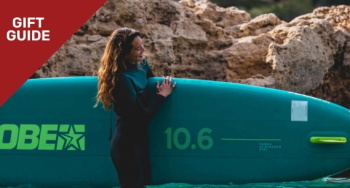

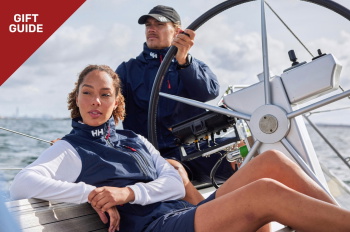
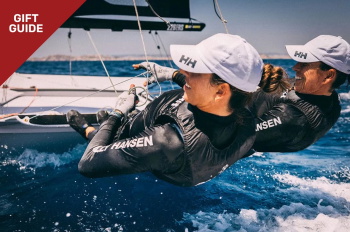
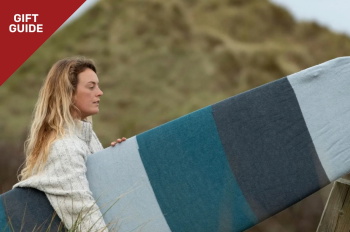
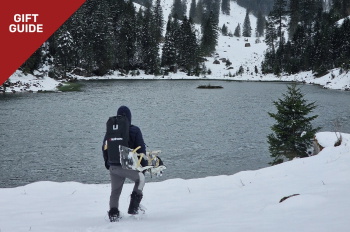
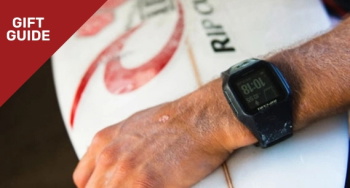


 Visit the US site
Visit the US site  Continuar al ES
Continuar al ES